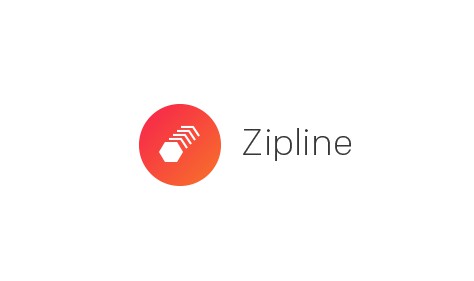
Zipline
Zipline is a Pythonic algorithmic trading library. It is an event-driven system for backtesting. Zipline is currently used in production as the backtesting and live-trading engine powering Quantopian – a free, community-centered, hosted platform for building and executing trading strategies. Quantopian also offers a fully managed service for professionals that includes Zipline, Alphalens, Pyfolio, FactSet data, and more.
Features
Ease of Use: Zipline tries to get out of your way so that you can focus on algorithm development. See below for a code example.
"Batteries Included": many common statistics like moving average and linear regression can be readily accessed from within a user-written algorithm.
PyData Integration: Input of historical data and output of performance statistics are based on Pandas DataFrames to integrate nicely into the existing PyData ecosystem.
Statistics and Machine Learning Libraries: You can use libraries like matplotlib, scipy, statsmodels, and sklearn to support development, analysis, and visualization of state-of-the-art trading systems.
Installation
Zipline currently supports Python 2.7, 3.5, and 3.6, and may be installed via either pip or conda.
Note: Installing Zipline is slightly more involved than the average Python package. See the full Zipline Install Documentation for detailed instructions.
For a development installation (used to develop Zipline itself), create and activate a virtualenv, then run the etc/dev-install script.
Quickstart
See our getting started tutorial.
The following code implements a simple dual moving average algorithm.
from zipline.api import order_target, record, symbol
def initialize(context):
context.i = 0
context.asset = symbol('AAPL')
def handle_data(context, data):
# Skip first 300 days to get full windows
context.i += 1
if context.i < 300:
return
# Compute averages
# data.history() has to be called with the same params
# from above and returns a pandas dataframe.
short_mavg = data.history(context.asset, 'price', bar_count=100, frequency="1d").mean()
long_mavg = data.history(context.asset, 'price', bar_count=300, frequency="1d").mean()
# Trading logic
if short_mavg > long_mavg:
# order_target orders as many shares as needed to
# achieve the desired number of shares.
order_target(context.asset, 100)
elif short_mavg < long_mavg:
order_target(context.asset, 0)
# Save values for later inspection
record(AAPL=data.current(context.asset, 'price'),
short_mavg=short_mavg,
long_mavg=long_mavg)
You can then run this algorithm using the Zipline CLI. First, you must download some sample pricing and asset data:
$ zipline ingest
$ zipline run -f dual_moving_average.py --start 2014-1-1 --end 2018-1-1 -o dma.pickle --no-benchmark
This will download asset pricing data data sourced from Quandl, and stream it through the algorithm over the specified time range. Then, the resulting performance DataFrame is saved in dma.pickle, which you can load and analyze from within Python.
You can find other examples in the zipline/examples directory.
GitHub
https://github.com/quantopian/zipline
Source: https://pythonawesome.com/a-pythonic-algorithmic-trading-library/